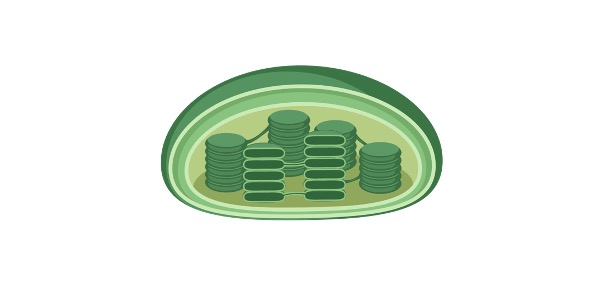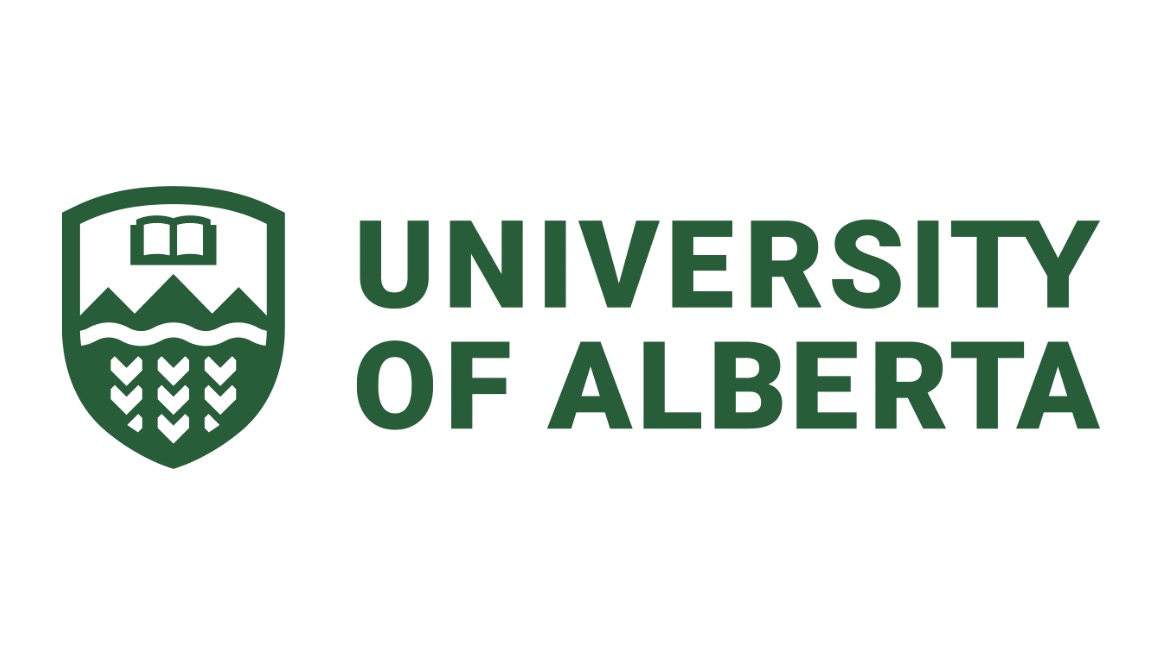Table of Contents
Heterotroph Definition
A heterotroph is an organism that eats other plants or animals for energy and nutrients. The term stems from the Greek words hetero for “other” and trophe for “nourishment.”
What is Heterotroph?
There are many organisms in our ecosystem that cannot chemically synthesize their food from inorganic molecules. In ecology, such organisms are known as heterotrophs. These organisms derive nutritional requirements by feeding on other life forms. Heterotrophs can be defined based on the chemistry of their food.
They obtain nutrition from organic compounds produced by, or available in other organisms. These organic compounds consist of vital biomolecules like simple sugars and carbohydrates, fats, proteins, and nucleic acids. Heterotrophic organisms intake these biomolecules to perform metabolic functions and eventually obtain energy for survival and reproduction.
The term heterotroph is derived from two greek words, ‘heteros’ (different) and ‘trophos’ (feeder). Other words derived from heterotrophs:
- Heterotrophy (noun) The characteristic of an organism that is a heterotroph is called heterotrophy.
- Heterotrophism (noun) The ability of an organism to exhibit heterotrophy is known as heterotrophism.
- Heterotrophic (adjective) Any organism feeding on other organisms is known as a heterotrophic organism.
- Heterotrophically (adverb) If an organism is feeding on other life forms, it is said that the organism is feeding heterotrophically. E.g., A shark feeds heterotrophically near the barrier reef.
Types of Heterotrophs
Photoheterotrophs: These organisms use sunlight along with carbon dioxide as their source of energy. They feed on other organisms for obtaining carbon. Various forms of non-sulfur bacteria and heliobacteria are photoheterotrophs. Insects like aphids and Oriental Hornet (a type of wasp) are also able to use light energy as a supplement to their regular food.
Chemoheterotrophs: These organisms derive their energy from the oxidation of inorganic compounds that they acquire by eating other organisms. E.g., Humans and other animals.
Different heterotrophs use different compounds as electron sources. Based on electron sources, heterotrophs can be divided into:
Organotrophs: Use reduced carbon compounds as an electron source. e.g., Carbohydrates, proteins, and fats
Lithotrophs: Use inorganic compounds as an electron source. e.g., Ammonium, sulfur, and nitrate.
Chemoorganoheterotrophs use organic carbon such as glucose as a carbon source and organic compounds as an electron source. Many heterotrophs fall under this category.
Autotrophs
Autotrophs differ from heterotrophs as they can synthesize their food, While heterotrophs have to consume other life forms to sustain themselves. Autotrophs are capable of synthesizing complex organic molecules from inorganic substances in two ways, based on which they are classified into
• Photoautotrophs: The organisms that produce organic compounds from inorganic sources via photosynthesis. E.g., land plants, photosynthetic algae, photosynthetic bacteria, lichen.
• Chemoautotrophs: The organisms that use chemical energy in producing organic compounds via chemosynthesis. E.g., Methanogens, sulfur oxidizers, nitrifiers, halophiles, and thermoacidophiles.
Role of Heterotrophs in the Ecosystem
Heterotrophs are not able to produce food, unlike the producers. Since they consume other organisms, heterotrophs are the consumers in a food web. In any ecosystem, they are found at all levels of the food chain. Every level has a critical role to play in the ecosystem.
Heterotrophic organisms that are primary consumers eat autotrophic plants. They are known as herbivores as well. They can also feed on other organisms that can synthesize their own food i.e., phytoplankton and photosynthesis bacteria. E.g., A deer in a forest, a sea snail on a coral reef, an elephant in an African savannah, etc.
Heterotrophs that are secondary consumers eat herbivores. They are meat-eaters and also known as carnivores. E.g., Wolf in a forest feeding on deer, a salamander in a forest eating snails, a Giant Triton (a giant marine snail) on a coral reef eating other smaller sea snails, lions eating the elephant in an African savannah. These are secondary consumers because they feed on primary consumers.
Some heterotrophs can eat primary as well as secondary consumers. These are known as tertiary consumers or top predators. E.g., Wolves eating fox (a carnivore), Sharks eating fish, Lions in African Savannah feeding on a crocodile.
In the ocean, Orcas are top predators because they can eat sharks as well. In birds, eagles or hawks are considered top predators. On a coral reef, a Crown of Thorn Seastar is a top predator. Humans are also considered top predators. Some heterotrophs can feed on primary producers as well as consumers. They are known as omnivores.
All the animals are heterotrophs but they are classified based on what they eat. Most herbivores only feed on plants and other autotrophs. Others can be both primary and secondary consumers. E.g., Bear, Human – they can eat plant products as well as other animals.
Humans are heterotrophs. Those who eat both plants and animals are omnivores. Heterotrophs recycle organic chemicals by eating other organisms. They use these organic chemicals in their body for nutrition and then defecate, therefore helping seeds to germinate and spread to other areas of the environment.
Some plant seeds with a thick coat, have to pass through the digestive system of a consumer to germinate. This process wakens the seed coat thus helping the plant embryo to emerge. This process is known as scarification. Heterotrophs also increase land fertility with their feces.
Consumers or predators keep the population of their prey in control. Hence, have high ecological importance. For example, a review of studies by Ballard et al. (2001) suggests in the United States, the size of deer populations depends on the population size of coyotes, mountain lions, and wolves in that area.
A thirty-year study in Isle Royale, Michigan clearly shows how wolves and moose interact. The size of the moose population in an area determines the size of the wolf pack. The size of the wolf pack increases when the moose population increases and vice versa. Predators help in keeping the population of their prey healthier.
Because they tend to eat weaker individuals or the ones that are less likely to survive. Places, where predators have been hunted or eliminated, tend to have unhealthy ecosystems. For example, many areas in the United States, have shown a considerable decrease in the population of wolves, coyotes, and other predators.
This has lead to the overpopulation of deer, which results in overgrazing which in turn has caused erosion and barren landscapes. Along with this, the spread of diseases increases in a population because unhealthy individuals are not eliminated.
Heterotroph Examples
Heterotrophs can be unicellular (protists, unicellular fungi, and some bacteria) or multicellular (Animals and multicellular fungi). All non-autotrophs are heterotrophs.
1. Fungi: These organisms have cell wall like plants but they lack chlorophyll. Hence, they are heterotrophic.
2. Protists: Organisms like protozoans, certain non-photosynthetic algae, water molds, etc are heterotrophs.
3. Bacteria: Organisms like E coli, bacteria found in our skin, in water bodies, and a variety of other habitats, microbe-eating bacteria are heterotrophs.
4. Carnivorous Plants: Carnivorous plants like Venus flytrap, are capable of photosynthesis but still consume other life forms for nutrition. Thus, they are said to be facultatively heterotrophs. They can survive through photosynthesis when not resorting to heterotrophy, although their growth will be relatively slow.
Heterotroph Citations
- Heterotroph Interactions Alter Prochlorococcus Transcriptome Dynamics during Extended Periods of Darkness. mSystems . 2018 May 29;3(3):e00040-18.
- Multiscale analysis of autotroph-heterotroph interactions in a high-temperature microbial community. PLoS Comput Biol . 2018 Sep 27;14(9):e1006431.
- Myco-heterotroph/epiparasitic plant interactions with ectomycorrhizal and arbuscular mycorrhizal fungi. Curr Opin Plant Biol . 2004 Aug;7(4):422-8.








plant of API